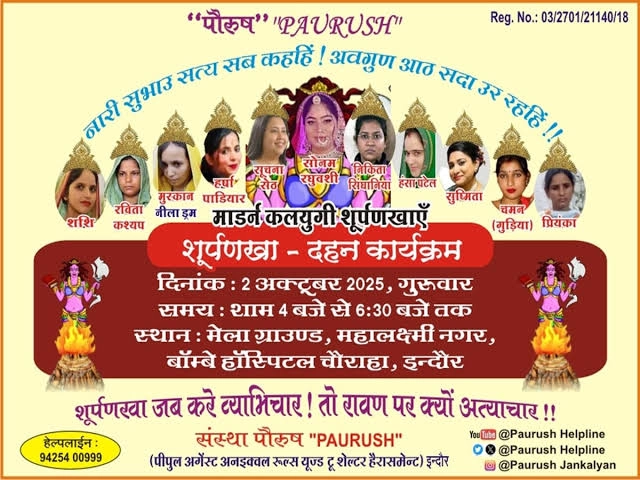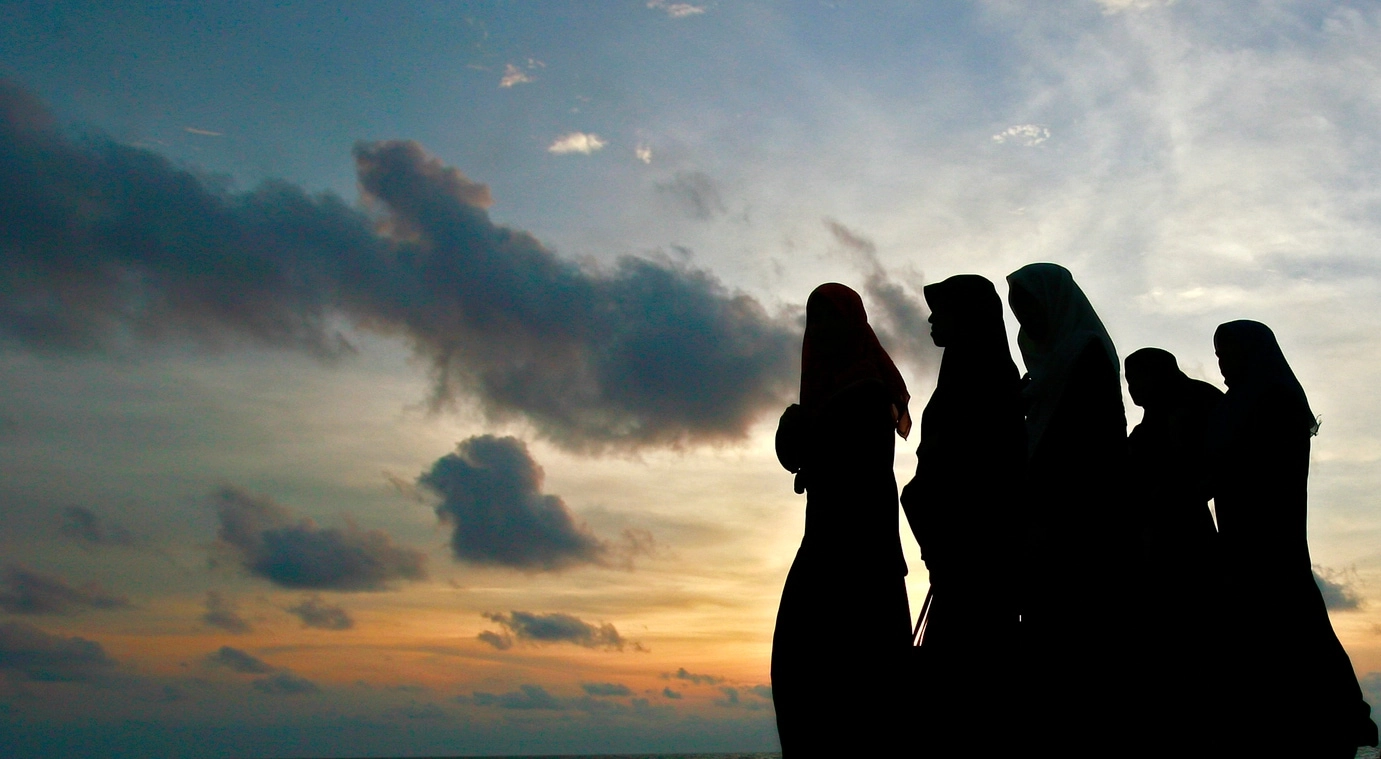The recent court ruling that banned the performance of ‘Surpanakha Dahan’ has sparked significant debate regarding its implications for artistic expression and cultural representation in India. The court’s decision, which cites concerns about tarnishing the image of the Constitution, underscores the delicate balance between freedom of expression and respect for cultural sensitivities. ‘Surpanakha Dahan,’ a traditional theatrical performance based on the character from the Indian epic Ramayana, depicts the burning of Surpanakha, a demoness whose actions lead to a series of pivotal events in the narrative. Critics argue that the portrayal of such characters can perpetuate negative stereotypes and promote divisive narratives that are at odds with the secular and inclusive principles enshrined in the Constitution.
Advocates for the ban emphasize that the performance could be seen as offensive to certain communities, potentially igniting social tensions that undermine the country’s commitment to unity and harmony. The ruling reflects a growing concern among judicial authorities regarding the potential for artistic works to incite conflict or reinforce historical grievances. By prioritizing the constitutional values of dignity and respect, the court aims to protect the fabric of Indian society from the divisive repercussions that can arise from contentious representations of mythological figures. This decision raises critical questions about the role of art in society—is it merely a reflection of cultural narratives, or does it also carry the responsibility to foster understanding and inclusivity?
On the other hand, opponents of the ruling argue that such bans infringe upon creative freedom and the right to interpret traditional narratives in diverse ways. They posit that art should be a space for exploration and discussion, even if it means confronting uncomfortable truths about history and mythology. By curtailing performances like ‘Surpanakha Dahan,’ critics fear that the court may inadvertently stifle artistic innovation and dialogue, which are essential components of a vibrant cultural landscape. This tension between protecting community sentiments and preserving artistic freedom presents a complex challenge for policymakers, artists, and society as a whole.
As the debate continues, it is essential to consider the broader implications of this ruling on the future of cultural performances in India. How can society navigate the fine line between honoring traditional narratives and ensuring that such representations do not perpetuate harm? Finding a way forward will require open dialogue among stakeholders, including artists, community leaders, and legal authorities, to cultivate a cultural environment that respects both artistic expression and the diverse identities within the nation. Ultimately, the conversation surrounding ‘Surpanakha Dahan’ reflects a critical moment in India’s ongoing struggle to reconcile its rich heritage with the principles of equality and respect for all citizens.




